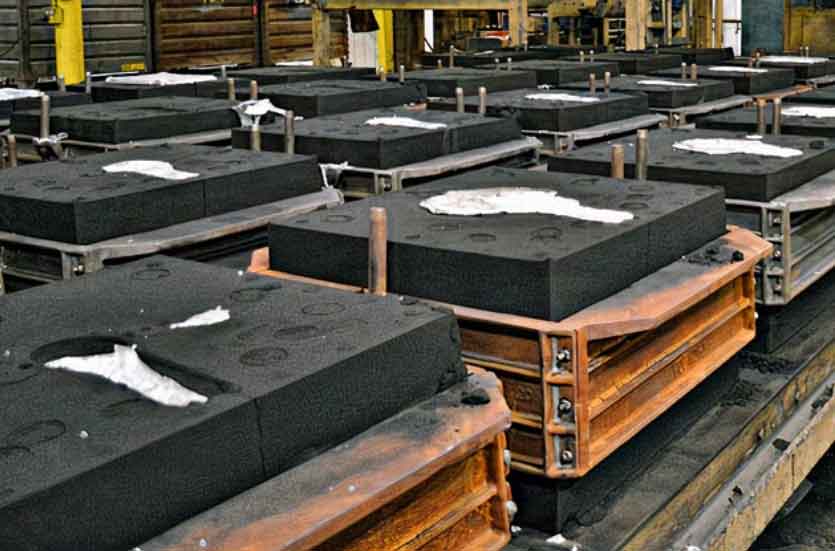
Achieving an enhanced surface finish in resin sand casting is crucial to meet both aesthetics and functionality requirements for the final cast components. The surface finish directly affects the appearance, texture, and overall quality of the castings. Here are several techniques to enhance the surface finish in resin sand casting:
1. High-Quality Mold Preparation:
- Start with high-quality resin-bonded sand and ensure consistent sand conditioning to create a smooth and uniform surface texture in the mold. Proper mold preparation is essential for achieving a refined casting surface.
2. Surface Coatings and Release Agents:
- Applying surface coatings and release agents to the mold cavity can improve the mold’s surface quality and help prevent the metal from sticking to the mold during the casting process.
3. Mold Surface Refinement:
- Manual or automated mold surface refinements, such as sandblasting or brushing, can be employed to smoothen and refine the mold surface, reducing any imperfections or roughness.
4. Vacuum Sealing and Degassing:
- Utilize vacuum sealing and degassing techniques to remove trapped air and gas from the mold. This helps reduce the occurrence of gas-related defects and enhances the casting’s surface integrity.
5. Proper Gating Design:
- Optimize the gating system to control the metal flow and minimize turbulence, preventing the introduction of impurities into the casting and improving surface quality.
6. Regulate Pouring Temperatures:
- Control the pouring temperature of the molten metal to ensure smooth filling of the mold cavity, minimizing turbulence and minimizing surface defects.
7. Post-Casting Cleaning and Finishing:
- After casting, invest in post-casting cleaning and finishing processes to remove any residual sand or mold material and achieve the desired surface texture.
8. Heat Treatment and Surface Treatments:
- Consider heat treatment or surface treatments, such as shot peening or grinding, to improve the surface hardness, smoothness, and appearance of the castings.
9. Proper Metal Solidification Control:
- Optimize the cooling rate during solidification to minimize the formation of microstructural defects and achieve a smoother surface.
10. Inspection and Quality Control:
- Implement thorough inspection and quality control processes to detect and address any surface defects before the castings are released for use.
By combining these techniques and ensuring precise control over the entire resin sand casting process, manufacturers can achieve an enhanced surface finish in cast components. The result is not only improved aesthetics but also enhanced functionality, ensuring that the castings meet the required specifications and perform well in their intended applications.
